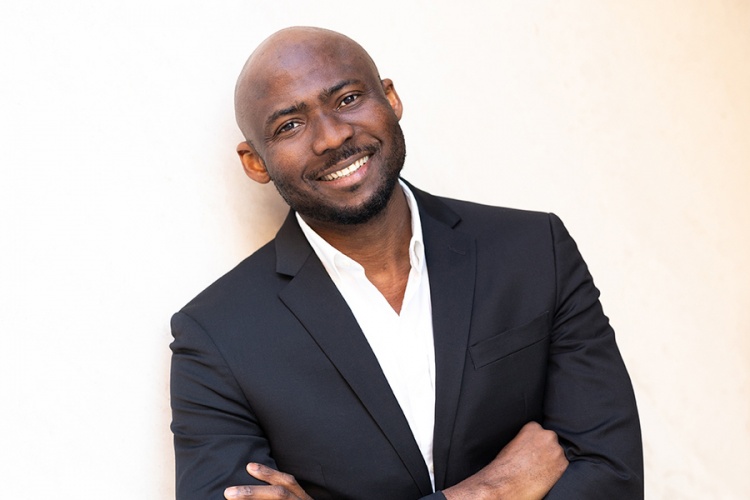Lawrence Udeigwe uses elegant math to understand complex systems of the brain
Lawrence Udeigwe uses elegant math to understand complex systems of the brain
School of Science

MIT News
22 March 2022
Leah Campbell | School of Science
It’s a tale familiar to many first-generation students: Neither of Lawrence Udeigwe’s parents had more than a sixth-grade education, and yet they were willing to sacrifice everything to educate their children.
“My dad,” Udeigwe says, “would tell us, ‘I’m ready to sell everything for you guys to go to school.’”
Udeigwe recounts that in Nigeria at the time, achieving the sort of success and stability his parents hoped for meant studying something practical and working for the government. So, he moved to the United States, enrolled at Duquesne University in Pittsburgh, and majored in computer science.
“But then I discovered math,” he says, and his dream of a programming job with the government back in Nigeria was replaced by something new.
Udeigwe has gone on to have a successful career as a professor of mathematics at Manhattan College in New York City, bridging disciplinary gaps between computation, pure math, and neuroscience. This year, Udeigwe is at MIT as a Martin Luther King (MLK) Visiting Professor and Scholar in the Department of Brain and Cognitive Sciences. He’s one of nine professors, in research areas ranging from art to engineering, selected for outstanding contributions in their fields to increase the presence of underrepresented scholars of color at MIT.
The journey to MIT for Udeigwe began in graduate school at the University of Delaware. Though the program was called applied math, he was technically studying pure math until, as he explains with a laugh, he discovered that he was, in fact, interested in applied math, specifically in its applications in biology.
READ MORE